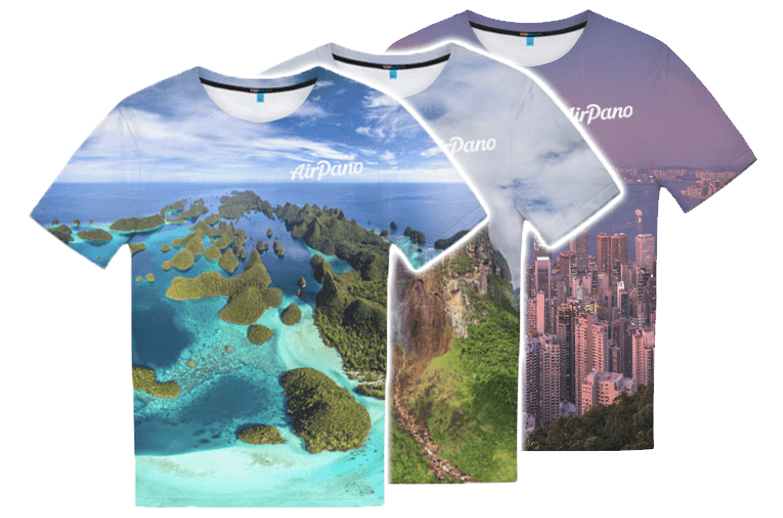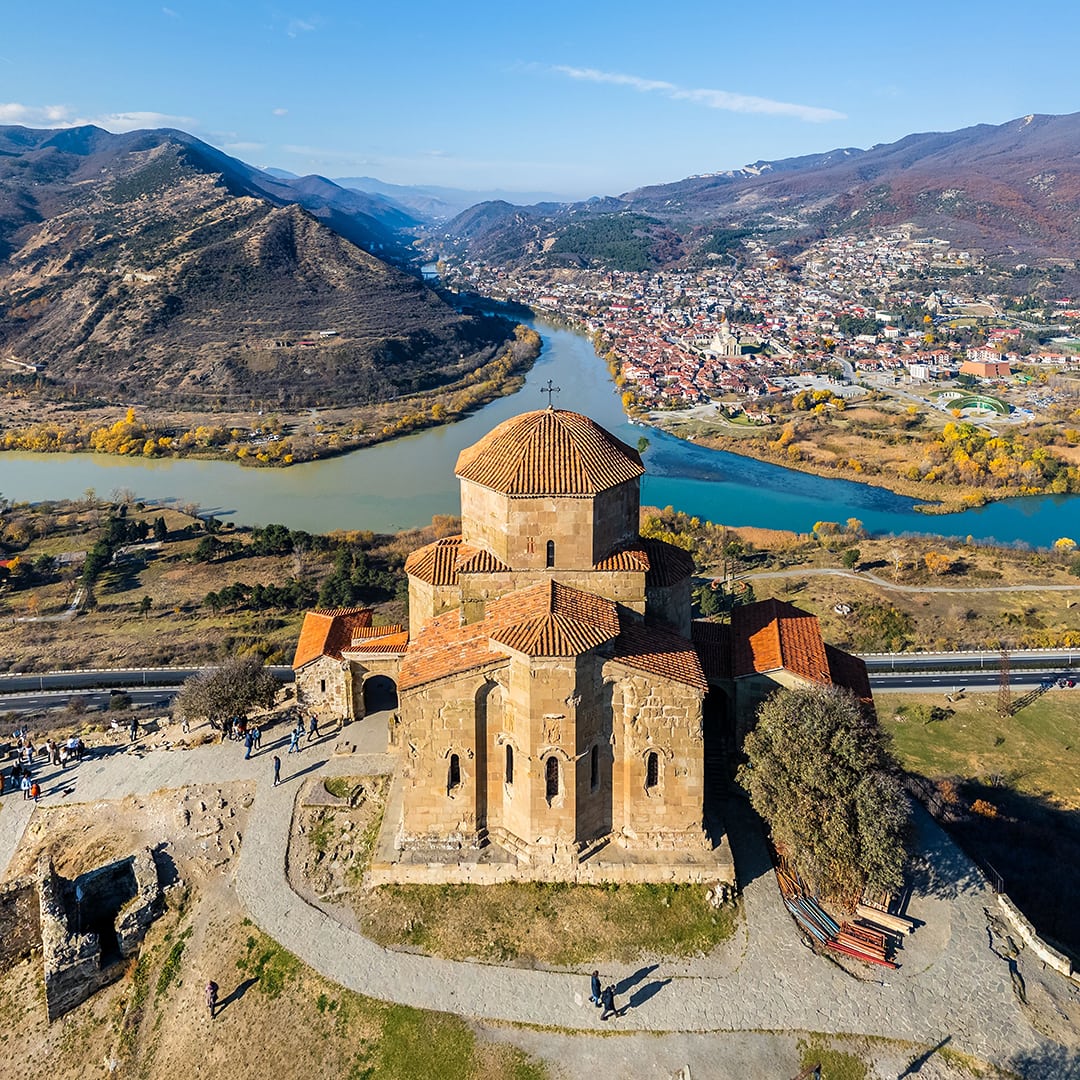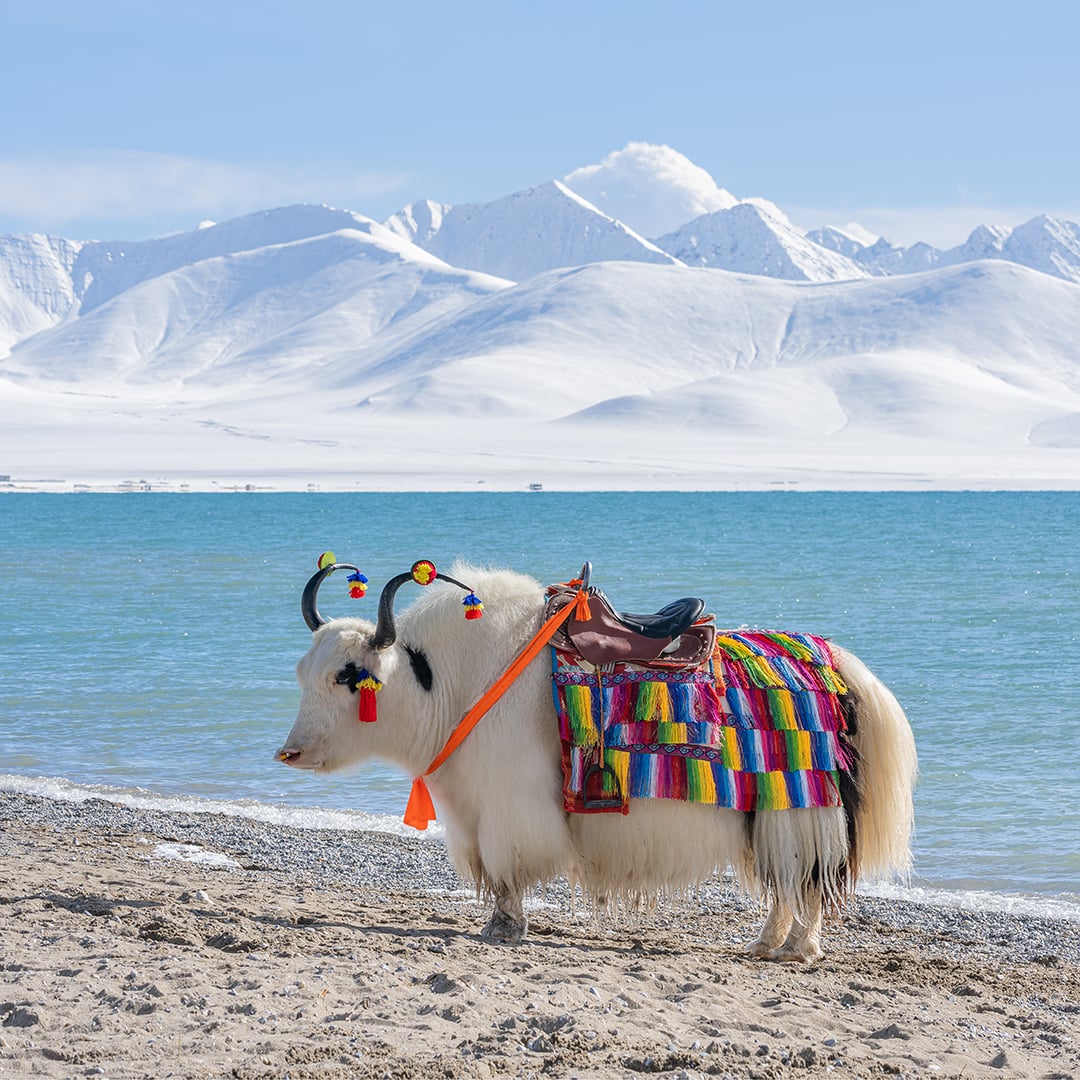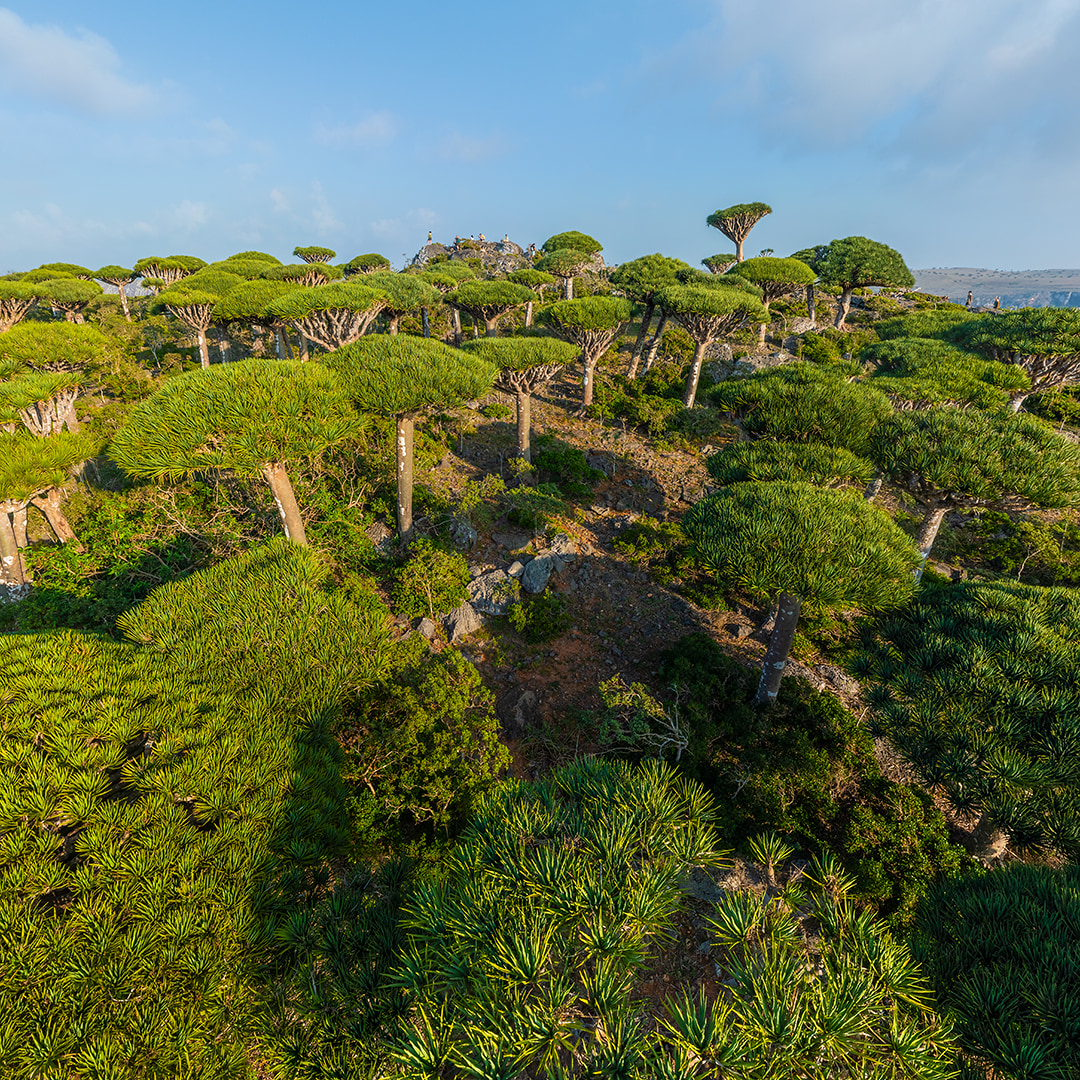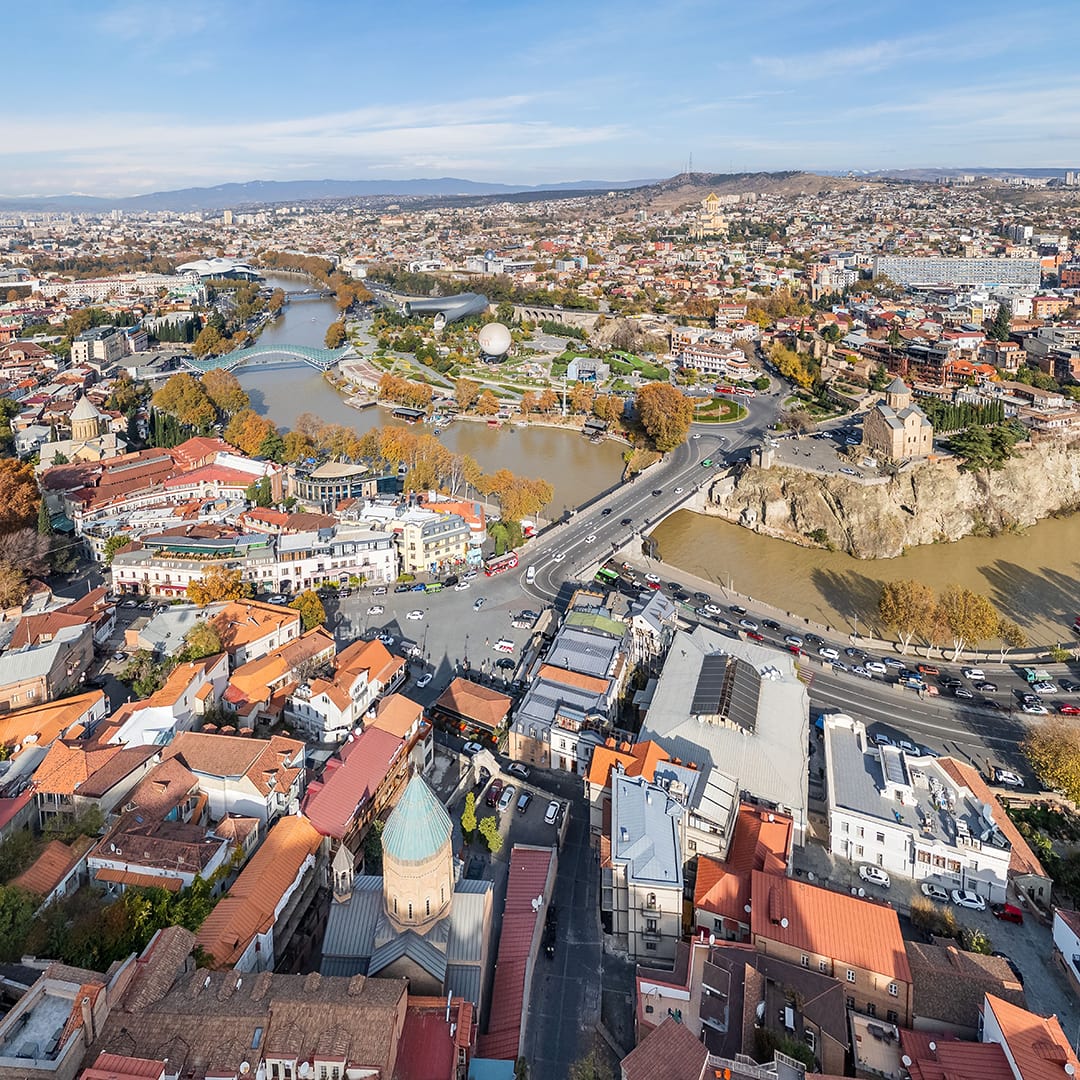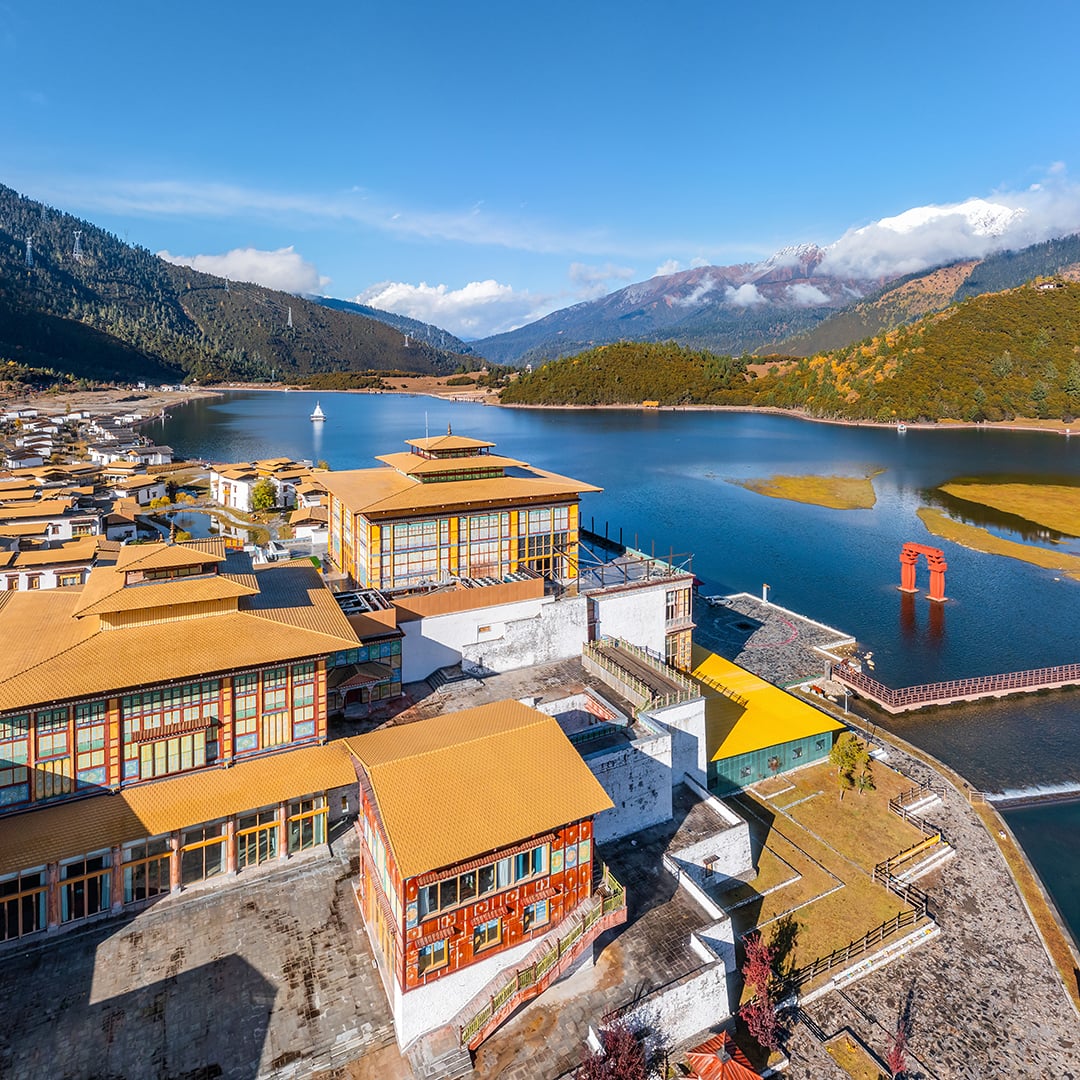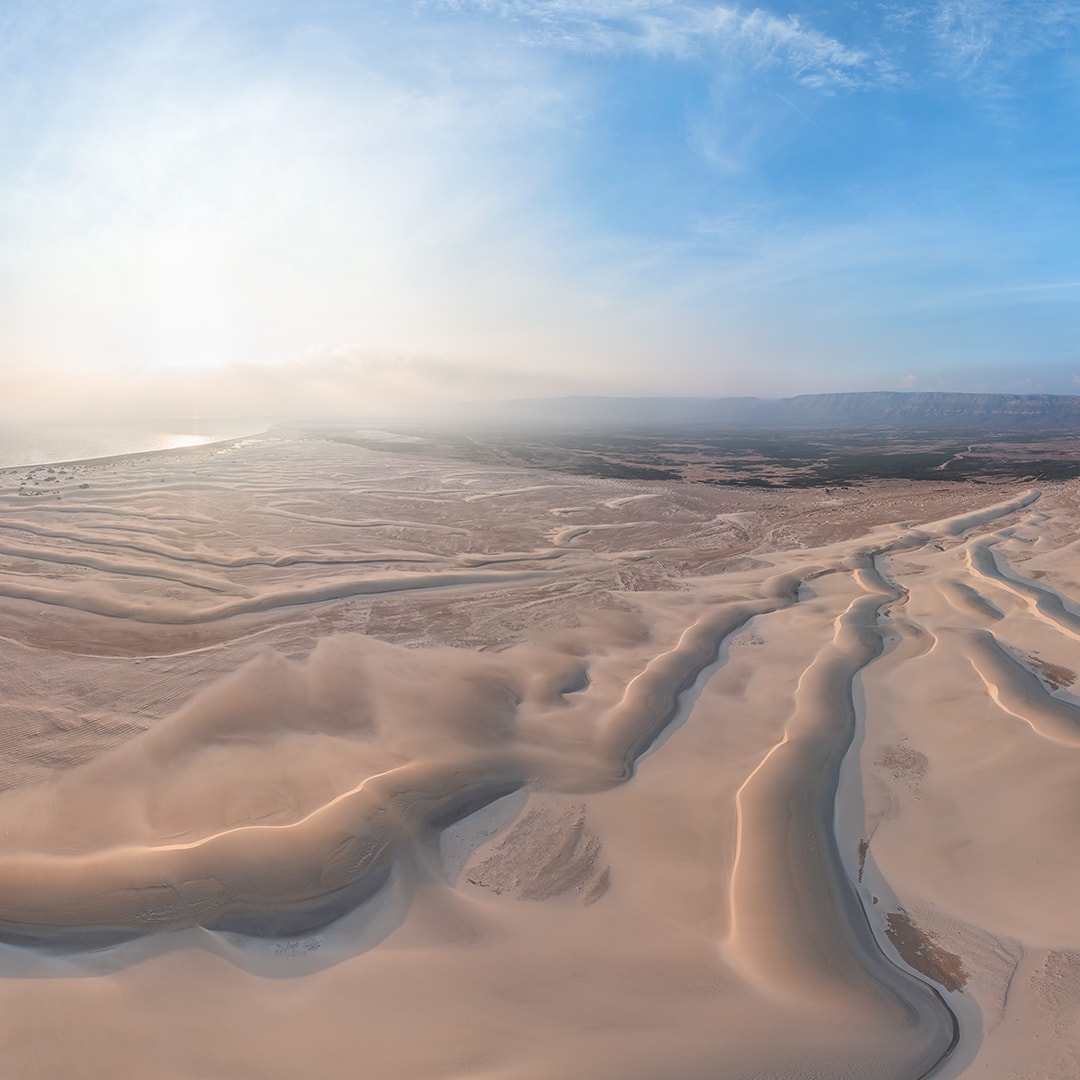Coral World. Underwater Paradise
Corals, with their intricate patterns and brightly coloured fish swimming round them, are associated with warm seas. This is slightly wrong though: indeed, corals are more frequent and more colourful in warm climates, but coral reefs can be found throughout the world.

The first scientific observations of corals were made by Pliny the Elder in the 1st century A.D.: the naturalist described them in his Natural History. Seeing that corals quickly die out of water, for a long time people thought them to be plants. Only in the middle of the 18th century scientists understood that it was about invertebrates - polyps that form a complex and very vulnerable ecosystem, in which every member makes an important contribution.
There are around 6 thousand known types of coral polyps conditionally divided into two groups. Organisms with a limestone skeleton form coral reefs; single polyps are soft and do not have a skeleton.
Soft corals - actiniae - have tentacles and are of richer colouring. Some actiniae have a symbiotic relationship with hermit crabs and this symbiosis is beneficial for both. The crab uses actinia to protect itself from predators, and the polyp uses the crab to be able to move around and get more food.

Being massive, coral reefs appear even more spectacular. Settling on an already existing limestone framework that is the remain of the ancestors, polyps create an environment for the next generations. “In cooperation” with them are unicellular algae. They are finding a safe shelter on a coral skeleton and then help corals to remove carbon dioxide and provide them with nutrients.

Corals can boast a palette of nearly 350 shades. However, it is rather difficult to see coral reefs in their full glory underwater. As water much better lets in short wavelengths of the spectrum, blue and green light, underwater shooting shows objects in changed colors and the entire surrounding scenery turns greenish blue. To compensate for distorted color rendering at a depth of more than 5 meters, like in our video, special artificial lighting is used. So you can see real colors of corals and marine life.

In the recent years, the temperature of the global ocean has been rising and the acidity has been changing. Unfortunately, the coral ecosystem is unable to adapt to new conditions. Microalgae are killed by the heat stress. As a result, the coral bleaches, its tissues die and it becomes more fragile.

Scientists all over the world are looking for ways to save corals: it will take thousands of years for them to learn to do well in warmer water. However, living and colourful reefs can be still found on our planet
Photo by: Oleg Gaponyuk , video by: Alexey Tischenko
April 15, 2022
Read more
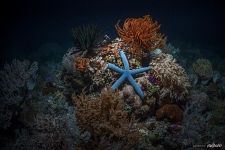 Corals #5
Corals #5
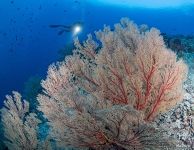 Corals #12
Corals #12
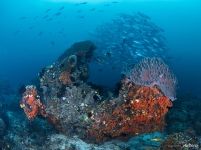 Corals #11
Corals #11
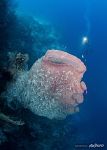 Corals #46
Corals #46
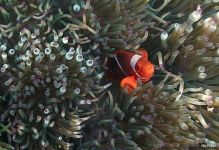 Corals #2
Corals #2
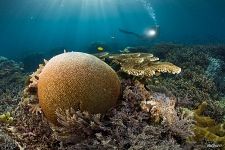 Corals #29
Corals #29
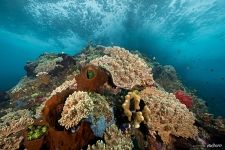 Corals #40
Corals #40
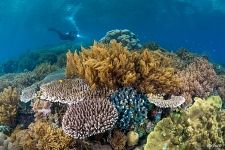 Corals #25
Corals #25
 Corals #8
Corals #8
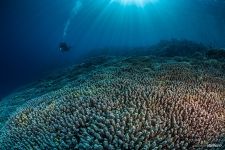 Corals #55
Corals #55
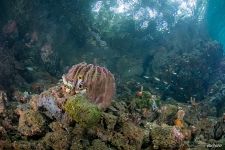 Corals #36
Corals #36
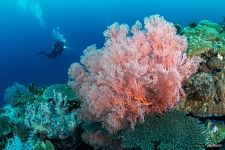 Corals #9
Corals #9
Virtual Travels in 360°
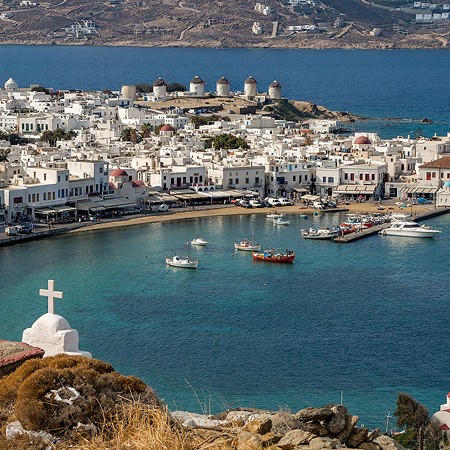 Mykonos Island, Greece
Mykonos Island, Greece
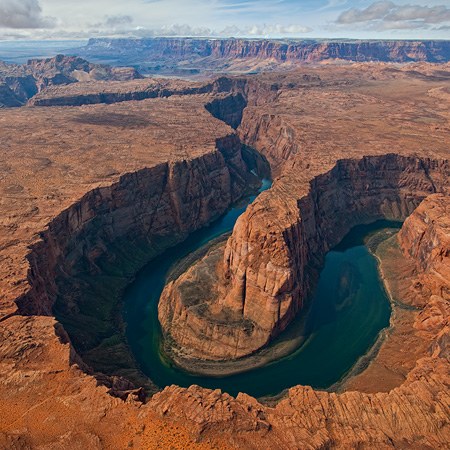 Horseshoe Bend, Colorado River, Arizona
Horseshoe Bend, Colorado River, Arizona
 The Geoglyphs in Palpa Valley, South America, Peru
The Geoglyphs in Palpa Valley, South America, Peru
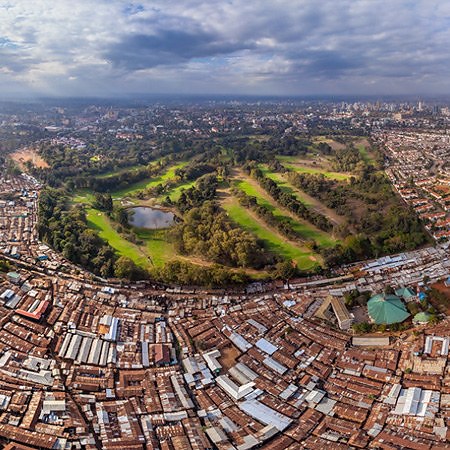 Nairobi, Kenya
Nairobi, Kenya
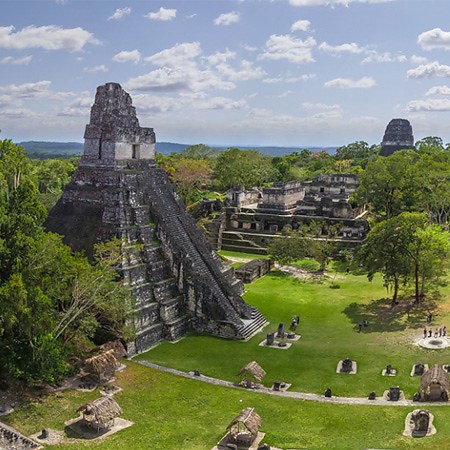 Maya Pyramids, Tikal, Guatemala
Maya Pyramids, Tikal, Guatemala
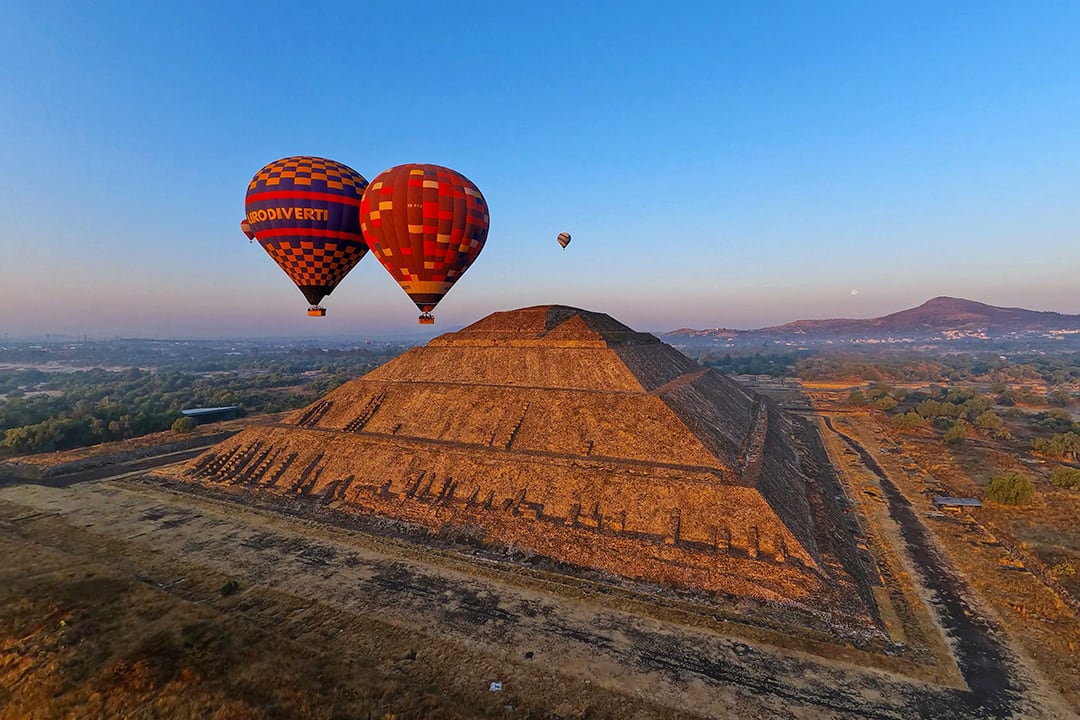 Teotihuacan, Mexico. Scenic Hot Air Balloon Flight
Teotihuacan, Mexico. Scenic Hot Air Balloon Flight
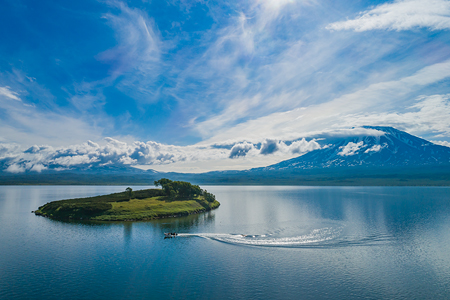 Kronotskoye Lake. The biggest lake of Kamchatka, Russia
Kronotskoye Lake. The biggest lake of Kamchatka, Russia
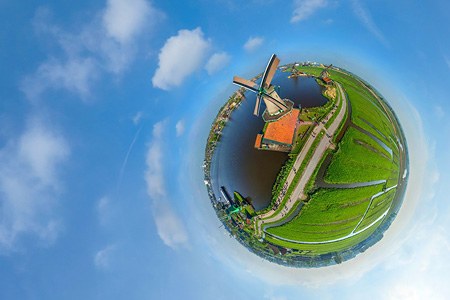 Windmills of Holland. Part II
Windmills of Holland. Part II
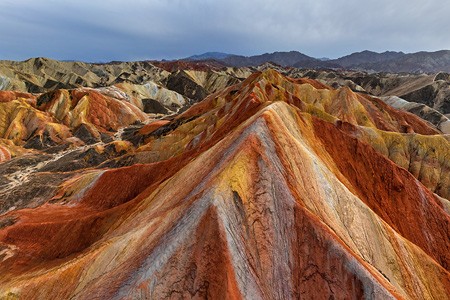 Colourful mountains of the Zhangye Danxia Geopark, China
Colourful mountains of the Zhangye Danxia Geopark, China
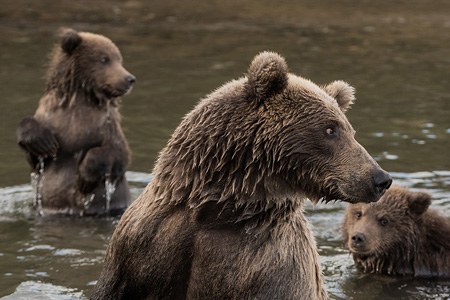 Bears of Kamchatka. Kambalnaya River
Bears of Kamchatka. Kambalnaya River
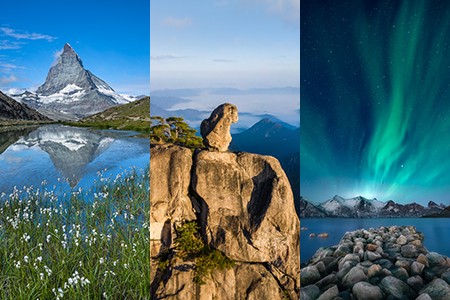 Around the World. The Best in 8K
Around the World. The Best in 8K
Show more

